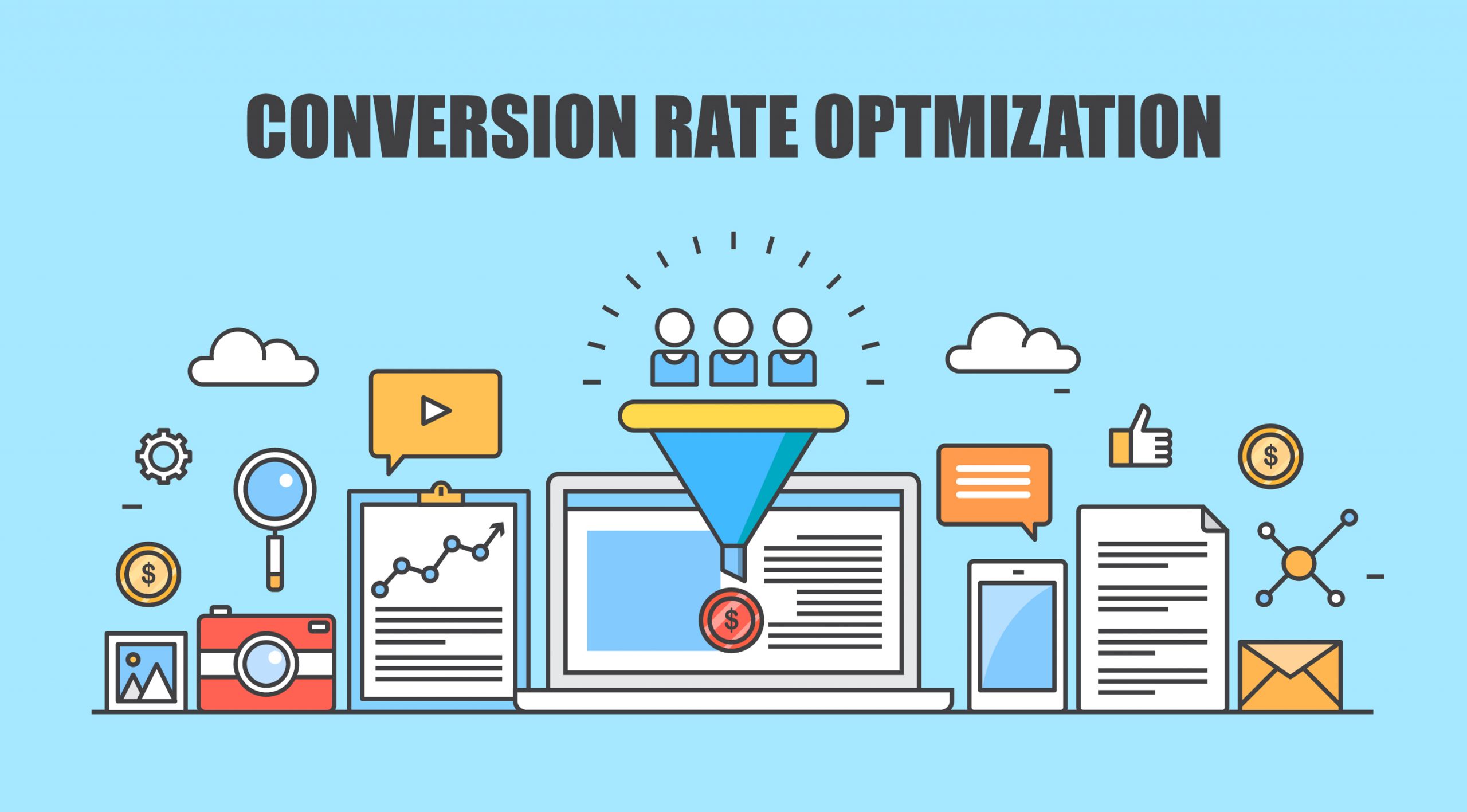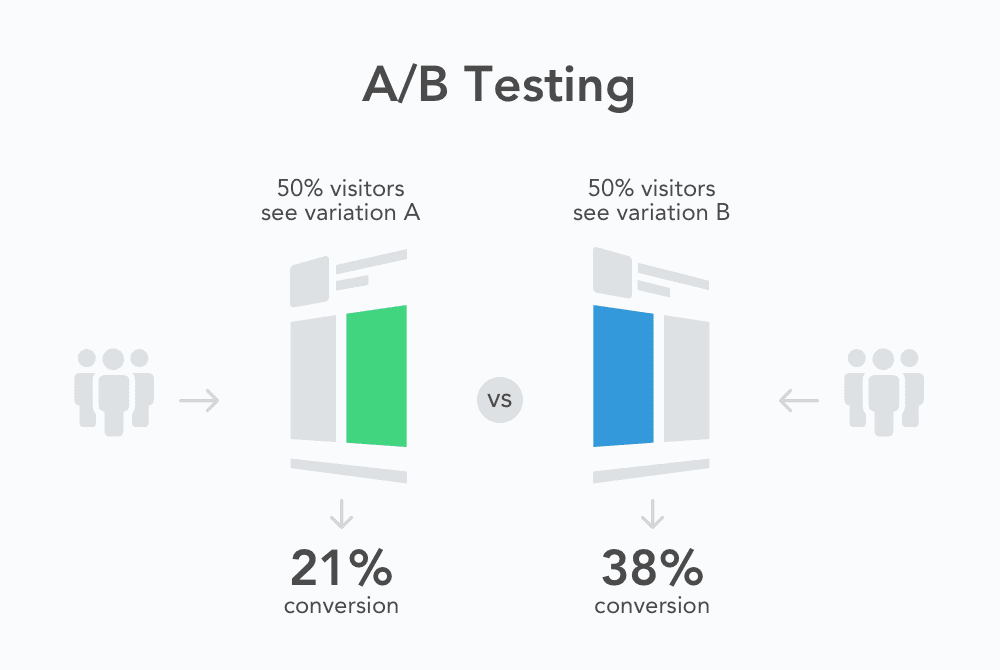In today’s highly competitive ecommerce landscape, businesses in Sydney are constantly seeking innovative ways to stand out and drive meaningful growth. One of the most powerful yet often overlooked strategies is building Conversion Rate Optimization (CRO) maturity—a systematic approach to improving the effectiveness of your online store by understanding customer behavior, testing design elements, and refining user experiences. By elevating CRO maturity, Sydney businesses can unlock higher conversion rates, maximize revenue, and create seamless shopping journeys that keep customers coming back. In this blog post, we’ll explore practical steps and expert insights to help your ecommerce business build CRO maturity and achieve lasting success in the bustling Sydney market.
1. Understanding CRO Maturity and Its Importance
Conversion Rate Optimization (CRO) maturity refers to the level of sophistication and effectiveness with which a business approaches optimizing its website and marketing efforts to convert visitors into customers. For Sydney-based ecommerce businesses, understanding and advancing CRO maturity is crucial to staying competitive in a dynamic market. At its core, CRO maturity involves more than just basic A/B testing; it encompasses a strategic, data-driven culture that continuously tests, analyzes, and refines all aspects of the customer journey. Businesses with high CRO maturity leverage advanced analytics, user behavior insights, and personalized experiences to maximize conversion rates consistently. By investing in CRO maturity, Sydney ecommerce businesses can not only boost sales and revenue but also enhance customer satisfaction and loyalty, ultimately driving sustainable growth in an increasingly crowded digital landscape.

2. Assessing Your Current CRO Capabilities
Before diving into advanced strategies to boost your conversion rate optimization (CRO), it’s essential for Sydney businesses to take a step back and evaluate their current CRO capabilities. This initial assessment provides a clear understanding of where your ecommerce website stands, highlighting strengths to build upon and identifying gaps that need addressing.
Start by analyzing your existing data collection methods. Do you have robust tracking tools in place, such as Google Analytics or heat mapping software, to monitor user behavior? Without accurate and comprehensive data, it’s challenging to make informed optimization decisions. Next, review your current testing processes—are you regularly running A/B or multivariate tests to validate hypotheses? An absence of systematic testing often results in missed opportunities for improvement.
Additionally, evaluate your team’s expertise and resources dedicated to CRO. Is there a dedicated specialist or team driving these efforts, or is CRO handled on an ad-hoc basis? The level of CRO maturity in your organization often correlates with the skills and commitment of your personnel.
Finally, consider how well your ecommerce platform supports optimization initiatives. Some platforms offer built-in CRO features or seamless integrations with third-party tools, which can significantly streamline your efforts.
By thoroughly assessing these areas, Sydney businesses can establish a solid foundation for their CRO journey, ensuring that subsequent strategies are tailored effectively to elevate ecommerce success.
3. Implementing Data-Driven Customer Behavior Analysis
Implementing data-driven customer behavior analysis is a crucial step in building Conversion Rate Optimization (CRO) maturity for Sydney-based ecommerce businesses. By leveraging advanced analytics tools and collecting comprehensive data on how customers interact with your website, you gain valuable insights into their preferences, pain points, and buying patterns. This analysis allows you to identify which pages or elements may be causing friction in the customer journey and where opportunities exist to enhance user experience. For example, tracking metrics such as click-through rates, bounce rates, and session durations can reveal which products or offers resonate most with your audience. Additionally, segmenting customer data by demographics, purchase history, or device type enables more personalized marketing strategies that drive higher engagement and conversions. Ultimately, a data-driven approach empowers businesses to make informed decisions, test targeted optimizations, and continuously refine their ecommerce platforms to meet the evolving needs of Sydney’s diverse online shoppers.
4. Conducting Effective A/B Testing and Experimentation
A/B testing is a cornerstone of building Conversion Rate Optimization (CRO) maturity, especially for Sydney-based ecommerce businesses aiming to elevate their online performance. This method involves comparing two versions of a webpage or app element to determine which one drives better user engagement and conversions. The key to effective A/B testing lies in a structured and data-driven approach.
Start by identifying clear, measurable goals—whether it’s increasing add-to-cart rates, boosting newsletter sign-ups, or improving checkout completions. Next, develop hypotheses based on user behavior insights, analytics data, or customer feedback. For instance, you might hypothesize that changing the call-to-action button color from blue to orange could increase click-through rates.
When designing your test, ensure that only one variable is changed at a time to accurately attribute any difference in performance. This could be anything from headline wording, images, product descriptions, to page layouts. Run the test for a statistically significant period, allowing enough visitors to participate to confidently determine the winning variation.
Finally, analyze the results carefully and implement the changes that lead to better conversion rates. Remember, CRO is an ongoing process—continuous experimentation helps Sydney ecommerce businesses stay agile, understand their customers better, and ultimately drive sustained growth. By mastering A/B testing, you’re not just guessing what works—you’re making informed decisions that propel your business forward.

5. Optimizing User Experience for Higher Conversions
Optimizing user experience (UX) is a critical step in building Conversion Rate Optimization (CRO) maturity and driving higher conversions for Sydney-based ecommerce businesses. A seamless, intuitive, and engaging website not only keeps visitors on your site longer but also guides them effortlessly toward making a purchase. Start by ensuring your website loads quickly, as slow-loading pages can frustrate users and lead to high bounce rates. Mobile responsiveness is equally important, considering the growing number of shoppers browsing and buying on mobile devices. Clear navigation and well-organized product categories help users find what they’re looking for without confusion. Incorporate compelling product images, detailed descriptions, and customer reviews to build trust and answer potential questions upfront. Additionally, simplify the checkout process by minimizing the number of steps and offering multiple payment options to reduce cart abandonment. Regularly analyze user behavior through heatmaps and analytics tools to identify friction points and areas for improvement. By prioritizing these user-centric optimizations, Sydney ecommerce businesses can create a satisfying shopping experience that naturally boosts conversions and fosters long-term customer loyalty.
6. Leveraging CRO to Sustain Long-Term Ecommerce Growth in Sydney
Leveraging Conversion Rate Optimization (CRO) is essential for Sydney businesses aiming to sustain long-term ecommerce growth in an increasingly competitive market. By systematically analyzing user behavior, testing different website elements, and refining the customer journey, CRO helps businesses turn casual visitors into loyal customers. This ongoing process not only boosts immediate sales but also builds a stronger foundation for customer retention and brand loyalty. For Sydney ecommerce companies, investing in CRO means staying attuned to local consumer preferences and market trends, enabling them to tailor their offerings and user experience accordingly. Over time, these incremental improvements compound, resulting in higher conversion rates, increased average order values, and a more profitable, resilient business. By prioritizing CRO as a strategic growth driver, Sydney businesses can effectively navigate market fluctuations and position themselves for sustainable success in the digital marketplace.
7. Building a Culture of Experimentation Across Teams
Creating a culture of experimentation is a pivotal step in building CRO (Conversion Rate Optimization) maturity for Sydney-based ecommerce businesses. When teams across departments— from marketing and design to product development and customer service—embrace a mindset of continuous testing and learning, it drives innovation and unlocks new growth opportunities. Encouraging collaboration and open communication ensures that insights from one experiment can inform others, creating a ripple effect of data-driven improvements. To foster this culture, businesses should invest in training team members on CRO best practices, establish clear processes for hypothesis generation, testing, and analysis, and celebrate both wins and learnings from unsuccessful tests. By embedding experimentation into the daily workflow, Sydney ecommerce companies can adapt swiftly to changing customer behaviors, optimize user experiences, and ultimately elevate their conversion rates and revenue.
8. Measuring CRO ROI and Communicating Impact to Stakeholders
Measuring the return on investment (ROI) of your Conversion Rate Optimization (CRO) efforts is essential to understanding the true value of your initiatives and demonstrating their impact to stakeholders. For Sydney businesses aiming to elevate their ecommerce success, accurately tracking CRO performance ensures that resources are being allocated effectively and that optimization strategies are contributing to tangible business growth. Start by defining clear, quantifiable goals such as increased conversion rates, average order values, or customer lifetime value. Utilize analytics tools to monitor these key performance indicators (KPIs) before and after implementing CRO changes, allowing you to attribute improvements directly to your optimization efforts. Additionally, consider the broader impact, such as enhanced user experience and reduced bounce rates, which can indirectly influence long-term revenue. When communicating these results to stakeholders, focus on presenting data-driven insights through clear visuals and concise reports that tie CRO outcomes to business objectives. Highlight success stories and lessons learned to build confidence and foster ongoing support for CRO initiatives. By systematically measuring ROI and effectively sharing its impact, Sydney ecommerce businesses can not only justify their CRO investments but also create a culture of continuous improvement that drives sustained competitive advantage.

If you found this article helpful and need help with your website conversion, contact us for a FREE CRO Audit



